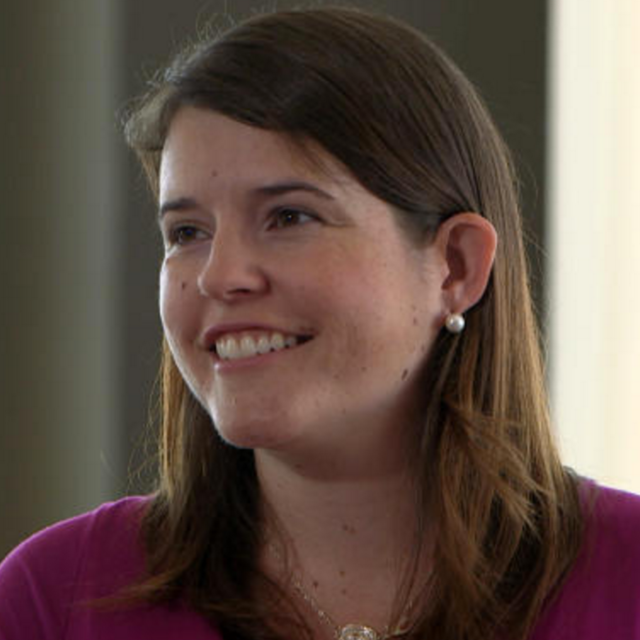
Tentative Evidence for Water Vapor in the Atmosphere of the Neptune-sized Exoplanet HD 106315c
October 2022 • 2022AJ....164..124K
Abstract • We present a transmission spectrum for the Neptune-sized exoplanet HD 106315c from optical to infrared wavelengths based on transit observations from the Hubble Space Telescope/Wide Field Camera 3, K2, and Spitzer. The spectrum shows tentative evidence for a water absorption feature in the 1.1-1.7 μm wavelength range with a small amplitude of 30 ppm (corresponding to just 0.8 ± 0.04 atmospheric scale heights). Based on an atmospheric retrieval analysis, the presence of water vapor is tentatively favored with a Bayes factor of 1.7-2.6 (depending on prior assumptions). The spectrum is most consistent with either an enhanced metallicity or high-altitude condensates, or both. Cloud-free solar composition atmospheres are ruled out at >5σ confidence. We compare the spectrum to grids of cloudy and hazy forward models and find that the spectrum is fit well by models with moderate cloud lofting or haze formation efficiency over a wide range of metallicities (1-100× solar). We combine the constraints on the envelope composition with an interior structure model and estimate that the core mass fraction is ≳0.3. With a bulk composition reminiscent of that of Neptune and an orbital distance of 0.15 au, HD 106315c hints that planets may form out of broadly similar material and arrive at vastly different orbits later in their evolution.
Links
- SIMBAD https://simbad.u-strasbg.fr/simbad/sim-ref?querymethod=bib&simbo=on&submit=submit+bibcode&bibcode=2022AJ....164..124K
- PDF https://iopscience.iop.org/article/10.3847/1538-3881/ac85be/pdf
- PREPRINT http://arxiv.org/abs/2006.07444
- DATA https://archive.stsci.edu/mastbibref.php?bibcode=2022AJ....164..124K
- DATA https://hst.esac.esa.int/ehst/#/pages/search;bibcode=2022AJ....164..124K
- DATA https://irsa.ipac.caltech.edu/bibdata/2022/K/2022AJ....164..124K.html
- ELECTR https://doi.org/10.3847/1538-3881/ac85be






